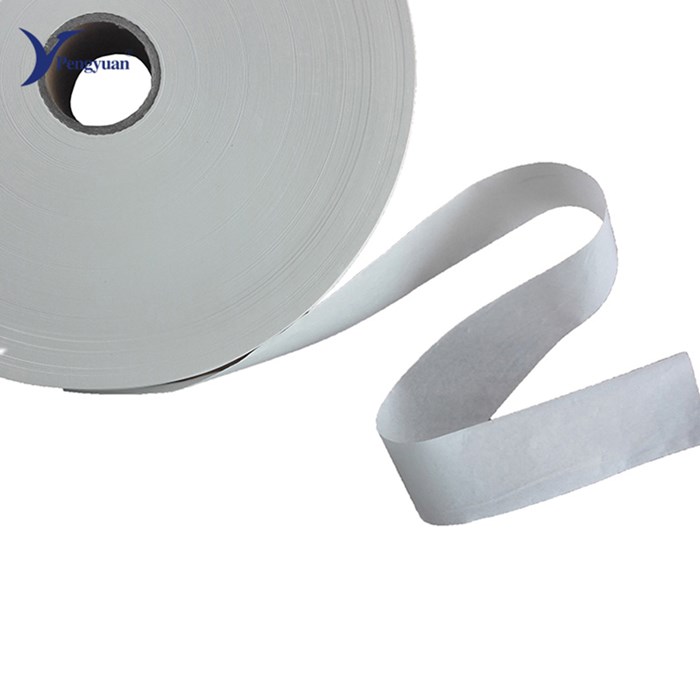In today’s environmentally conscious world, businesses are increasingly seeking sustainable alternatives to traditional materials. One such innovation is eco-friendly pasting paper, a green solution that reduces environmental impact while maintaining high performance. Whether for packaging, labeling, or promotional materials, switching to sustainable pasting paper can enhance your brand’s eco-credentials and appeal to eco-conscious consumers.
This article explores:
- The environmental impact of conventional pasting paper
- Benefits of switching to eco-friendly alternatives
- Key features of sustainable pasting paper
- How businesses can integrate it into their operations
- Future trends in sustainable paper solutions
By the end, you’ll understand why eco-friendly pasting paper is a smart choice for your business and the planet.
The Environmental Impact of Conventional Pasting Paper
Traditional pasting paper is typically made from virgin wood pulp, requiring significant deforestation, water, and energy. The production process often involves harmful chemicals like chlorine bleach, which releases toxic byproducts into water systems. Additionally, non-recyclable coatings and adhesives make disposal problematic, contributing to landfill waste.
Key Environmental Concerns:
- Deforestation – Millions of trees are cut down annually for paper production, disrupting ecosystems.
- High Carbon Footprint – Energy-intensive manufacturing leads to substantial CO₂ emissions.
- Chemical Pollution – Bleaching and coating processes release hazardous substances.
- Waste Accumulation – Non-biodegradable adhesives and laminates create long-term waste.
Given these issues, businesses must transition to eco-friendly pasting paper to mitigate environmental harm.
Benefits of Eco-Friendly Pasting Paper
Switching to sustainable pasting paper offers numerous advantages, from reducing ecological damage to improving brand reputation.
1. Reduced Environmental Footprint
Eco-friendly pasting paper is made from:
- Recycled materials (post-consumer waste)
- FSC-certified wood (sustainably sourced)
- Agricultural residues (e.g., sugarcane bagasse, bamboo)
These materials require fewer resources and generate less pollution.
2. Biodegradability & Compostability
Many sustainable pasting papers use water-based adhesives and natural coatings, making them fully biodegradable or compostable. Unlike plastic-coated papers, they break down without harming the environment.
3. Lower Carbon Emissions
Manufacturers of eco-friendly paper often use renewable energy (solar, wind) and closed-loop water systems, significantly cutting CO₂ emissions.
4. Enhanced Brand Image
Consumers prefer brands that prioritize sustainability. Using eco-friendly pasting paper demonstrates corporate responsibility, attracting environmentally aware customers.
5. Compliance with Regulations
Governments worldwide are enforcing stricter environmental laws (e.g., EU Single-Use Plastics Directive). Adopting sustainable materials ensures compliance and avoids penalties.
Key Features of High-Quality Eco-Friendly Pasting Paper
Not all “green” papers are equal. When selecting sustainable pasting paper, consider:
1. Material Source
- Recycled Content (look for 100% post-consumer waste)
- FSC/PEFC Certification (guarantees responsible forestry)
- Alternative Fibers (bamboo, hemp, or agricultural waste)
- Water-Based Adhesives (non-toxic, biodegradable)
- Soy or Vegetable-Based Inks (low-VOC, eco-friendly)
- No Plastic Lamination (compostable coatings instead)
2. Adhesives & Coatings
3. Durability & Performance
Sustainable pasting paper should match traditional paper in:
- Tear resistance
- Moisture resistance (without harmful chemicals)
- Printability (compatible with digital and offset printing)
- FSC (Forest Stewardship Council)
- Cradle to Cradle Certified™
- OK Compost (TÜV Austria)
- EU Ecolabel
4. Certifications to Look For
How Businesses Can Integrate Eco-Friendly Pasting Paper
Transitioning to sustainable pasting paper is easier than many think. Here’s how businesses can make the switch:
1. Packaging Solutions
- Replace plastic tape with paper-based adhesive strips.
- Use recyclable pasting paper for product boxes and mailers.
- Opt for compostable adhesive labels for food packaging.
- Choose soy-based ink printing for branding.
- Print flyers and brochures on recycled pasting paper.
- Use seed paper (plantable promotional material).
- Switch to eco-friendly sticky notes and recycled paper glue.
- Implement zero-waste policies for paper usage.
2. Labeling & Stickers
3. Promotional Materials
4. Office Use
5. Partner with Sustainable Suppliers
Work with manufacturers committed to:
- Carbon-neutral production
- Zero-waste facilities
- Ethical sourcing
Future Trends in Sustainable Pasting Paper
The demand for eco-friendly paper is growing, leading to exciting innovations:
1. Algae-Based Paper
Some companies are developing paper from algae biomass, reducing reliance on trees.
2. Smart Adhesives
Researchers are creating temperature-sensitive adhesives that allow easy recycling.
3. Digital Integration
QR codes on sustainable paper can replace physical labels, reducing waste.
4. Circular Economy Models
More brands are adopting take-back programs, where used paper is repurposed.
Conclusion: Why Your Business Should Switch Now
Eco-friendly pasting paper is no longer a niche product—it’s a necessity for forward-thinking businesses. By adopting sustainable solutions, companies can:
✔ Reduce environmental impact
✔ Meet consumer demand for green products
✔ Stay ahead of regulatory changes
✔ Enhance brand loyalty and trust
The shift toward sustainability is accelerating, and businesses that act now will lead the market. Whether for packaging, labeling, or promotions, eco-friendly pasting paper offers a simple yet powerful way to make a difference.
Post time: Jul-10-2025

